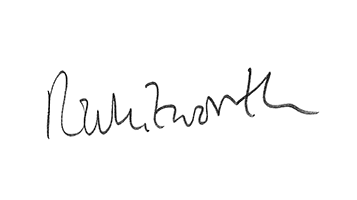Catherine Fenselau is in the rare position of being able to reflect on more than a half-century in her field. In the late 1960s she made history by becoming the first mass spectroscopist hired by a US medical school. And despite the lack of precedent (and – in the early days – instruments... see feature), she helped make possible a wealth of new insights into the proteins that shape us – in sickness and in health. While Fenselau and colleagues were mining the secrets of the inner world, scientists across the world were joining forces to explore mysteries further from home. As Murray McEwan relates here, the 1960s were also the era when space flight and radio telescopes led to fascinating glimpses into space, and subsequent advances in ion–molecule chemistry.
Of course, the story doesn’t end there. We can certainly learn from the past, but at The Analytical Scientist we also want to keep you up-to-date on current developments and delve into likely future trends. And so our sojourn into the past soon turns into a celebration of the present. Both the aforementioned research avenues bore fruit in exciting new applications or techniques. Early successes in applying mass spectrometry to biomedicine were frontrunners of the explosion in bioanalysis from the 1970s onwards, and the mind-boggling power of today’s proteomic studies. And advances in ion–molecule chemistry eventually led to a new means for detecting volatiles in the air – SIFT-MS (see feature). Looking back, it’s easy to see that analytical science – and technology particularly – has come a very long way in the past 50 years. Who knows what might lie in store over the next 50? After all, it’s less than 15 years since Orbitrap technology hit the market, catching many people by surprise. Before 1994, no one had heard the word proteome, let alone glycome (late 1990s), microbiome (2001), or exposome (2005). In this issue alone, we feature the latest advances in everything from analyzing volatile organics (see article), to the march of mass spec into routine clinical diagnostics (see feature), to new applications for SERS (see article). ASMS 2017 gave us a glimpse of the new products, ideas and faces that are already shaping the future of the field. The potential to control fragmentation, to analyze up to a thousand peptides per minute, to manipulate ions in entirely new ways... Whatever the future holds, there is one aspect of science that never changes, and that’s the urge to go further, faster – to see beyond the horizon. As Fenselau so beautifully puts it: “One of the most delicious parts about being a scientist is the weekend when you know something that nobody else in the world knows.”
Charlotte Barker Editor

Rich Whitworth Content Director





